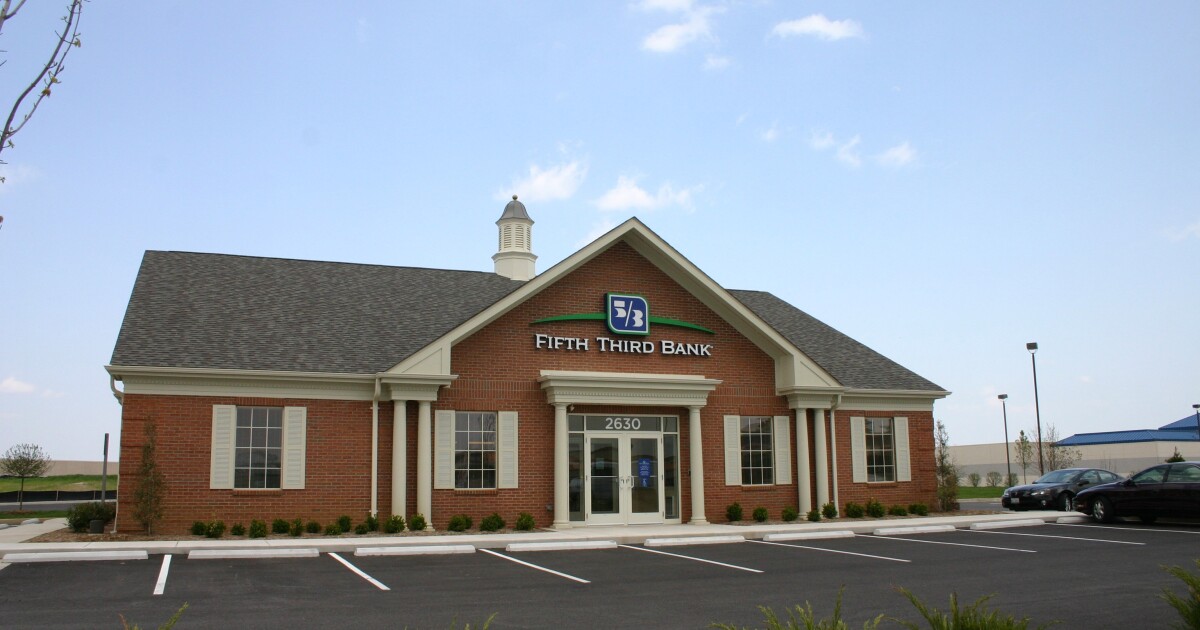
- Key insight: Truist Financial reported third-quarter earnings Friday, with earnings per share that beat analysts' estimates.
- Forward look: The regional bank expects full-year 2025 expenses to rise about 1% compared with the prior year.
- Supporting data: Wealth management fees rose 6.9% year over year.
This news is developing. Please check back for updates.
The regional bank, which recently
Earnings per share came in at $1.04. Analysts polled by S&P Capital IQ had predicted earnings per share of $0.99. Revenue totaled $5.19 billion, up approximately 2% compared with the same quarter last year, while expenses rose by 3% during the same time period to $3.01 billion.
The Charlotte, North Carolina-based company put a firm number on one of its most closely watched profitability metrics, return on tangible common equity, disclosing in its third-quarter earnings presentation that it's aiming to achieve a 15% ROTCE in 2027.
For the third quarter,
It was a solid quarter for fee income, which climbed 5.1% year over year, the bank said in a press release. Wealth management income totaled $374 million for the quarter, up 6.9% year over year, largely as a result of more assets under management, the bank said. Service charges on deposits rose even higher, up 8.6% due to higher treasury management fees, it said.
But those weren't the only bright spots. Mortgage banking revenue was up 11.3% year over year while lending-related fees were up 17%. Investment banking and trading fees were down 2.7%.
In August, the $543.9 billion-asset bank said it
Read more about Truist:
As part of the same branch opening-and-refreshing initiative,
For the third quarter,
Loans and leases were $325.7 billion at the end of the quarter, up from $304.4 billion in the year-ago quarter. Deposits totaled $394.9 billion, an increase from $387.8 billion a year ago.
On Friday,
Read more about bank earnings here:
During the quarter, the bank repurchased $500 million of its common stock. It expects to buy back another $750 million in the fourth quarter.



